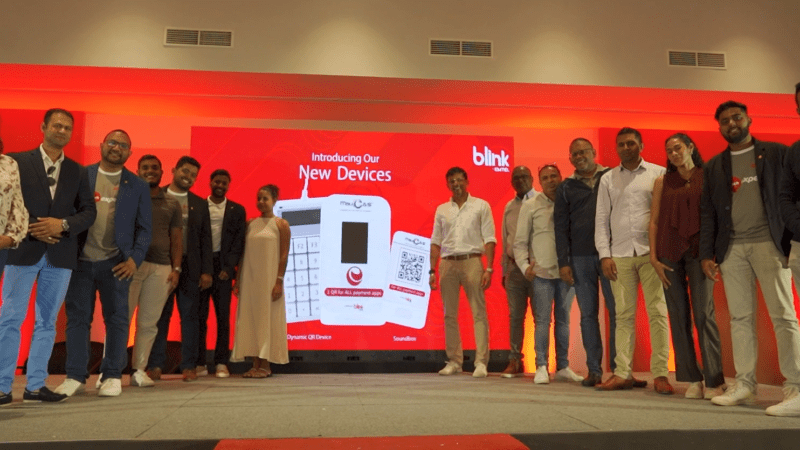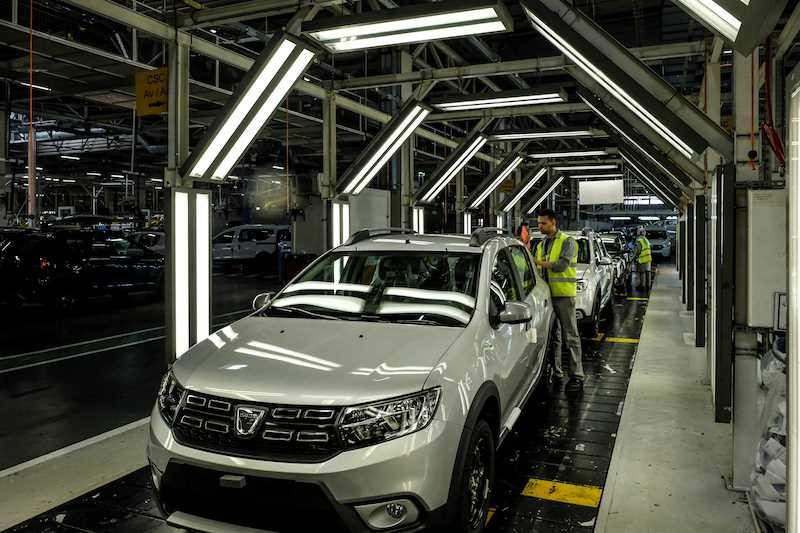Exports from Morocco’s automotive industry reached MAD 33.9 billion ($3.4 billion) in the first three months of 2023, data from Morocco’s Office d’Echange (OE) indicates.
In a monthly report, the OE explains that the monetary value of exports from the automotive industry rose by 44% compared to the same period a year earlier.
Morocco is currently home to Africa’s largest automotive industry. In 2018, the North African country overtook South Africa as the largest manufacturer on the continent.
Morocco’s automotive industry is expected to grow by around $14 billion by 2026, research from advisory firm Mordor Intelligence suggests. The industry is experiencing a positive growth trend, thanks to both foreign investment and government incentives.
Although the pandemic caused a temporary slowdown, Morocco has signed 25 separate trade agreements with various car manufacturers in the EU and the US as of 2021.

Morocco’s car manufacturers are experiencing increasing demand for passenger vehicles, and long-time manufacturers such as Dacia and Renault have been joined by Peugeot, which entered the Moroccan car manufacturing scene in 2019. Chinese manufacturer BYD and German manufacturer Volkswagen have also opened production plants in Morocco.
Luxury automobile manufacturing has also seen significant growth, with the top three producers in the country, Mercedes-Benz, BMW, and Audi, all experiencing increased sales.
Experts predict that Morocco will have the capacity to produce a million cars by 2030 and is expected to soon outpace Italy in vehicle production. The car industry accounted for about 19% of the Moroccan GDP in 2019 and is predicted to increase to about 24% by 2022, according to Oxford Business Group.
A large portion of Moroccan-produced vehicles are marked for export to various countries in the EU, and analysts expect this trend to continue as the Moroccan car industry prepares for monumental growth to meet increasing demand in both the domestic and international markets over the next five years.
The automotive sector is already Morocco’s leading export sector and has made the Kingdom the leading car manufacturer in Africa
Here are some reasons for this success:
The Kingdom’s fast integration into the global economy was also facilitated by numerous free trade agreements with the United States and the European Union. These agreements contributed undoubtedly in a positive way towards the emergence of export activities in the country.
Foreign direct investment has been expanding as companies are attracted towards the favorable economic situation of the country, government support through their numerous initiatives, such as tax exemptions for the first 5 years and VAT exemptions, modern infrastructure, and a skilled workforce.
Moreover, the automotive sector has the strongest job creation; 85’000 new jobs were created in the sector between 2014 and 2018, bringing the total jobs in the sector to 158’000.
Morocco has two major “traditional” car manufacturers: Renault and PSA.
Going Electric
The Chinese company BYD is a pioneer when it comes to electric cars and Morocco has signed a memorandum of understanding with the Chinese automaker to set up an electric car factory near Tangier, the first of its kind in the country.
Production and exports are expected to continue to rise thanks to the recent launch of a second production line by Renault. The production of the plants reached 402’000 vehicles in 2018.
Other recent investments in Morocco’s automotive sector include PSA Peugeot Citroen’s investment of USD 615 million in setting up their manufacturing facility which is expected to be operational in 2019. Production at the PSA plant projects to be 200’000 vehicles and boasting a total production capacity of 700’000 cars.
New ecosystems have been established such as wiring, vehicle interior and seats, metal stamping, battery, etc.
However, there are still numerous missing elements: sunroofs, leather seats, instrument panels, foundry, screws, tires, radios and screens.
To boost investment in these activities, Morocco intends to encourage Moroccan capital and joint ventures.
Each year, Moroccans buy about 180,000 new cars, a relatively small number considering the country has a population of 37 million. Despite this modest sales number, Morocco is becoming a real success story as an automotive manufacturing hub and in 2018, passed South Africa as the biggest exporter of Passenger cars on the continent. So, what are the drivers behind this steady expansion in production in the country?
Morocco’s performance continues to prosper on the African continent and internationally despite the effects of the COVID-19 pandemic and the war in Ukraine. 2022 saw 10% YoY growth in production, hitting an all-time high for the country, with just over 470,000 light vehicles being produced.
The country has put in place many measures to attract foreign investors, such as high-quality infrastructure, human capital training, and tax benefits. Foreign direct investment is continually increasing as companies are attracted to the country’s favourable economic conditions including numerous free trade agreements with the European Union and the US. These trade agreements contributed positively to the emergence of export activities in the country.
Morocco has created two industrial platforms in the Cite de l’Automobile in Tangier and the Cite de l’Automobile in Kenitra. These have been granted free zone status i.e., a total exemption from corporate tax for companies operating in these zones for five years, followed by a cap of 8.75% for the next 20 years. Over the long term, increasing investment from leading automakers in Africa and incentives offered by the government will majorly drive automotive output in Morocco.
The Moroccan automotive industry also benefits from the geographical location of the country. Trade time to Spain from Morocco is one to two days and although the country neighbours Spain, it has totally different cost structures; labour costs are roughly one-quarter of those in Spain and slightly lower than in Eastern Europe. Renault-Nissan-Mitsubishi was the only global automaker assembling vehicles in the country until the arrival of the Stellantis Group in 2019. For low-cost brands like Dacia and entry-level models from Peugeot, labour costs account for a higher proportion of the vehicle cost, making them a key reason to locate in Morocco.
What’s the outlook and how will growth be sustained?
Morocco intends to continue to grow and become one of the world’s major car manufacturing locations. To sustain growth, it will need to increase the local integration of the sector. The managing director of Renault says that the company sources many parts for their vehicles from local suppliers, including seats and axles, and that local content currently accounts for 60% of the final product. The challenge will be to make more progress on sourcing high-value components locally, including batteries and eventually, powertrains.
The next objective will be to decarbonise the industry and vehicle production, making it more sustainable. In November 2022, The Stellantis Group announced plans to invest 300 million euros to double production capacity at its Kenitra factory to 400,000 units. As part of the new line-up, the Citroën C3 will be one of the first vehicles on the Smart Car Platform, accommodating an electric powertrain. Dacia brand CEO Denis Le Vot recently announced that the next generation Sandero, built in Morocco, will also be 100% BEV.
As always, we remain wary of any unforeseen factors such as that seen last year with the invasion of Ukraine. However, prospects for the Moroccan industry seem encouraging and for now, considering the growth potential, we envisage minimal risk to our forecast.
Nadia, Ki News correspondent in Rabat, Morocco
(Source: LMC Auto, Morocco World News)







